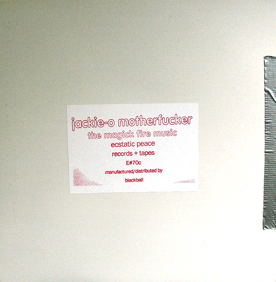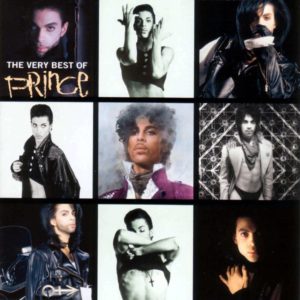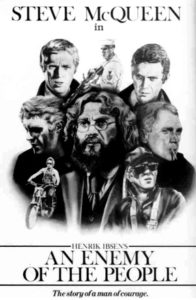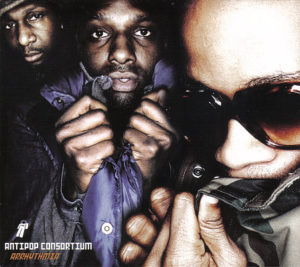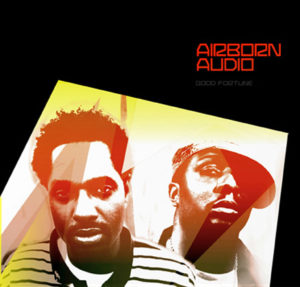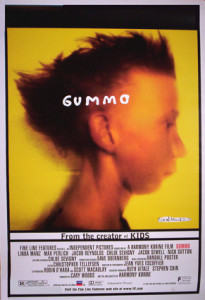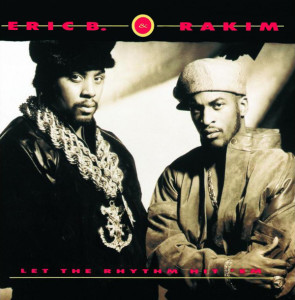Prince – The Black Album Warner Bros. 2-45793 (1994)
When Whitney Houston died, there was much talk about how she was long ridiculed by some for appealing too much to white audiences. That unfortunate sentiment — that only insular identities based on differences were valid — looked down on what has long been called “crossover” appeal. It is the idea that different musical styles that appeal to different groups can be synthesized into a hybrid that appeals to audiences for all its sources. Prince in his prime years of 1981-87 was every bit a crossover success. But some unfortunate pandering reared its head toward the end of the 80s. So he made “The Black Album,” with some overt attempts to appeal to black audiences. For whatever reasons, though, the album was aborted in late 1987 after a few promo copies were given to industry insiders — replaced by the adequate but by comparison inferior Lovesexy album, which had a more mainstream pop sound. Due to its dubious status, this was a much bootlegged album until a belated official release in 1994.
In the mid-/late-80s Prince was working on an album project tentatively titled Crystal Ball, which was never released (another collection later adopted the same name) but evolved into Sign “O” the Times. One of the tracks (“Rockhard in a Funky Place”) intended for Crystal Ball that was dropped from Sign “O” the Times ended up here. Other songs still have a bit of the sonic flavor of Sign too. That is a positive, in that Sign was Prince at his best. But the opening few cuts (“Le Grind,” “Cindy C.”) are made for dance clubs. There are other songs that suggest how “Slow Love” from Sign would be more representative of things Prince would do in the 1990s.
The weakness of the album is the middle section. The P-funk workout “Superfunkycalifragisexy” gets monotonous quickly. “Bob George” is a skit-like song with Prince playing the role of a macho critic of himself. It’s a strange, unsettling performance, much talked about by critics and fans, but also a bit disturbingly violent and the backing track drags on like an afterthought. It is a fascinating song in concept, but actually listening to it is kind of secondary.
The album picks up mightily at the end. The jazzy instrumental “2 Nigs United 4 West Compton” is a highlight, complete with chaotic group segments, stinging synthesizer, and a lengthy bass solo that actually propels the songs forward. The closer “Rockhard in a Funky Place” is also unstoppable. It’s a funny song too. The lyric “I just hate to see an erection go to waste” seems like the same sentiment from Leonard Cohen‘s “Don’t Go Home with Your Hard-on” (Death of a Ladies’ Man).
In the end, The Black Album is weighted down by some filler, and it lacks an obvious candidate for a hit single. Still, it is mostly really good stuff from the tail end of Prince’s finest years. Anyone who has exhausted Prince’s greatest material of the 80s (and that should include, well, everyone) but still wants more should consider checking this out. In spite of the inconsistency of The Black Album, the Purple One scarcely mustered this intensity again at album length.


